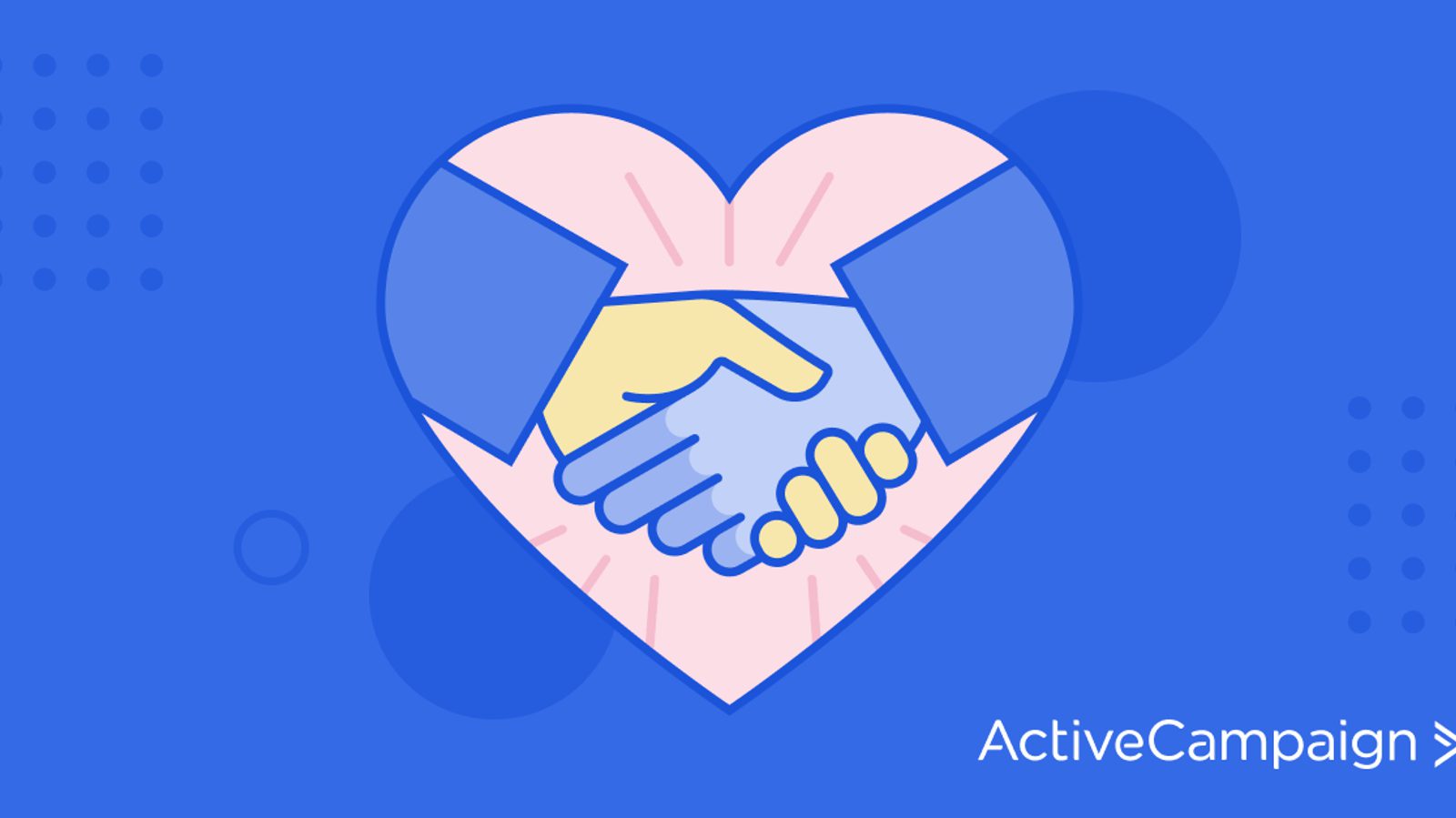Take a look at the word: inclusive. What does it mean? Merriam-Webster defines inclusive as:
- Broad in orientation or scope; covering or intended to cover all items, costs, or services
- Including everyone
- Of or relating to education in which students with disabilities are included with the general student population
- Including the stated limits or extremes
The specific line above that I want to focus on is “Including everyone.” From a company perspective, this might be equivalent to the term “customer first” where companies emphasize that they put the needs of their customers first, and build their product around those needs. But from an inclusion perspective, this still needs a deeper understanding.
At ActiveCampaign, our mission is to help growing businesses make meaningful connections with their customers. But first, it is our responsibility to provide an inclusive product that is meaningful for our current and future customers. For us, that includes accessibility standards, language and device considerations, as well as in-app guidance.
For a product to be inclusive, it needs to be built in such a way that also addresses accessibility, usability.
Accessibility: This addresses discriminatory aspects related to equivalent user experiences for people with differing levels of abilities. Product accessibility means that people with disabilities have equitable opportunities to perceive, understand, navigate and use products. A product that is accessible is also designed to work well with screen readers and other cognitive devices that help not only the visually challenged, but also neurodiverse individuals.
Usability: is about designing products to be effective, efficient and satisfying. This includes the design of the user experience, and may include more general aspects that impact everyone without disproportionately impacting those with differing abilities. What this really involves in empathy, the ability to not only understand how others experience a product, but also to imagine what it is like to attempt to use a product that may not be built for one’s own abilities.
Inclusion: is about diversity, and ensuring everyone’s involvement to the greatest extent possible. Some refer to this as “universal design” or “design for all” and it addresses a wide range of issues such as:
- Accessibility for those with disabilities
- Access to hardware, software and internet connectivity
- Geographic location
- Culture
- Education and economic differences
- Age differences (including both younger and older people)
- Language differences
An inclusive product would also be developed with localization in mind. This not only includes having a user interface in the end users’ preferred language, but also all the help documents, educational materials, and videos. I would even suggest that for e-commerce sites this could go one step further and ensure that transactions are completed in the local currency. It’s what the customer is comfortable doing business in, and requires no exchange rate conversions or extra fees for currency translation.
And while we are discussing language, let us not forget that certain terminology can help promote gender equality, while others can cause unconscious bias. Consider the differences between terms like “Sir”, “Chairman” and “he” versus “Colleague”, “Counsel” and “they”. Other typical technology words to stop using, and their diverse replacements include: Master/Slave -> Main/Secondary; Whitelist/Blacklist -> AllowList/DenyList.
The ultimate goal of any product company should be to make the customer the hero through the use of their product. You just can’t do that without focusing on creating an inclusive product from the ground up. At ActiveCampaign, we acknowledge that this work is ongoing so we offer exceptional support to our customers. We are continually seeking out and incorporating customer feedback to help us build better experiences.
We believe in tech that works for you, not tech you have to figure out.









